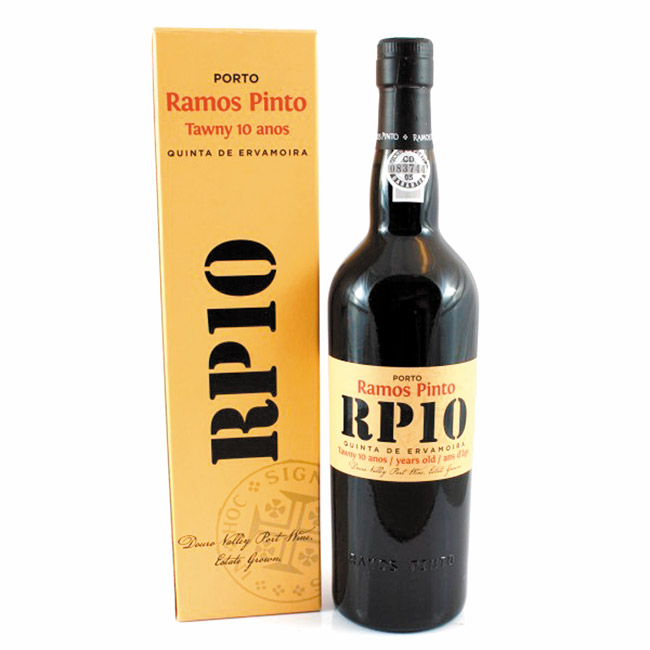Pairing Wines With ‘Stinky’ Cuban Cigars
There is a four-letter word that has some people salivating about obtaining enjoyable consumables that are, up to this point, illegal.
The word is Cuba.
Although I hear that they are still obtainable through dubious channels and simple smuggling, I know some cigar enthusiasts who are looking forward to when the contraband will become legal. I may be getting ahead of myself, but I always have tried to be ahead of the curve and wanted to share some of my favorite wines to drink with a “stinky” Cubano.
I am not a smoker, and I rarely smoke cigars. It actually does affect the palate, so I never smoke a cigar the day before I know I am going to taste wine. And I only enjoy cigars when I am with others who are partaking.
I have interviewed several cigar producers and connoisseurs, and they have recommended drinks ranging from black coffee to Coca-Cola, and Cabernet Franc to Champagne.
But, for my part, when I have a cigar, it is almost invariably at the end of a meal. I want to enjoy the full experience of my senses in the wine and food without the influence of the smoke/flavor of the cigar. So I need something that is as strong and intense as the cigar I am enjoying. To that end, first of all, I opt for fortified wines.
My absolute favorite thing to drink with cigars is Madeira. That fortified, maderized, indestructible anachronism of a wine is the perfect pair. If I am lucky, I particularly lean toward the richer and sweeter versions: Bual, Malmsey and Terrantez.
Vintage Madeira is an otherworldly experience. First, it must be aged for at least 20 years in barrel, being cooked and cooled in a barrel exposed to the temperatures of the island itself. But 20 years is just the minimum. Most vintage Madeira released by the top producers is 40-200 years old.
No, that is not a misprint. Madeira can age forever. They are time capsules that do not suffer oxidation or heat. I have been lucky enough to taste Madeira as old as 1795. Do you know who was president that year? None other than George Washington. Crazy, right?
Bual and Malmsey are the rich, sweet versions of Madeira, Malmsey being sweeter. Barbeito, D’Oliveiras and Henriques & Henriques are my top three producers. These ancient vintage treasures are rare and very expensive, but there are some more economical versions that are non-vintage dated that are still terrific treats, such as Madeira Wine Company’s Boston Bual ($50), which has wonderful notes of toffee, roasted nuts, figs, Medjool dates, poached pears and caramel. It is nothing less than full-bodied, sweet with a lingering nutty finish.
Port is another one of the world’s great fortified wines and has much in common with Madeira, but without all the “cooked” or “maderized” flavors. Port also is mostly a red grape-based wine versus Madeira, which is white grape-based. And much like vintage Madeira, vintage Port can be ageless and cost you “an arm and a leg.”
But there are options. Tawny Ports already are aged, with the average amount of aging listed on the bottle — 10 and 20 years are more common, but 30- and 40-year-old Tawny Ports also are available. My favorite 10-year Tawny Port is Ramos Pinto Quinta da Ervamoira ($39). It reeks of caramel, Almond Roca, panettone and roasted almonds. It is sweet but not overly, so it remains balanced.
Both of these types of wines are perfect for sipping with a Cuban cigar. Some may like spirits such as single-malt whiskeys, cognac, armagnac and even tequila, but to me those are already very alcoholic and the heat of the cigar exacerbates their heat and spice. And still wines are, in a way, too thin to withstand the intensity of flavors that a cigar brings to the palate.
At any rate, once Cuba opens up to the U.S. and we find ourselves awash in genuine Cuban cigars, you will know just what to drink with them.
Roberto Viernes is a master sommelier.
rviernes@southernwine.com
Twitter: @Pinotpusher






